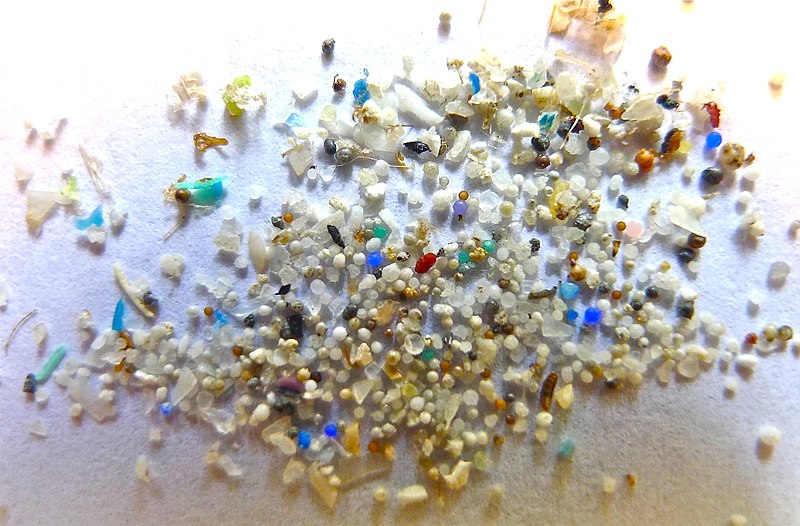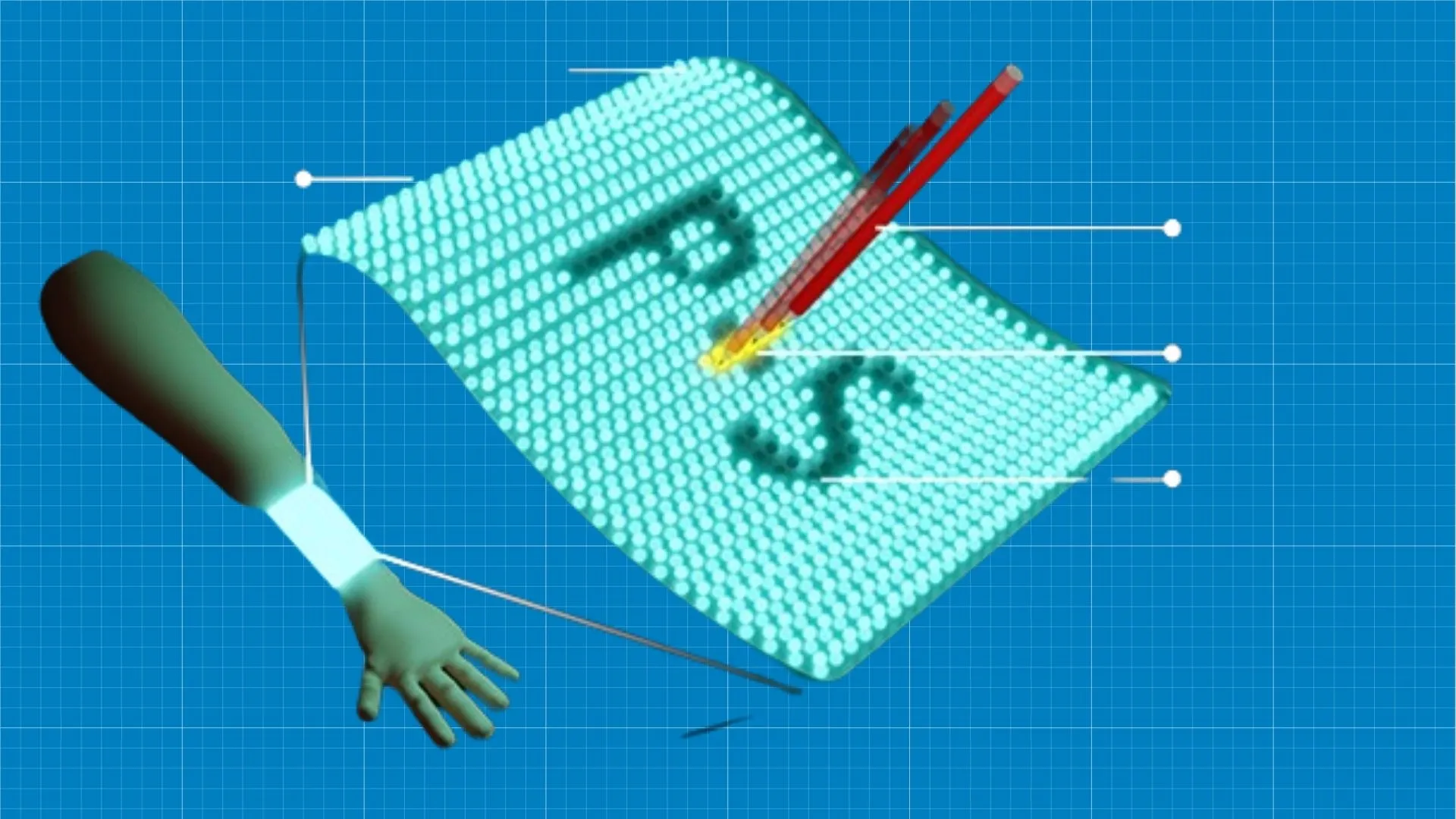Microplastics Detected in Human Penile Tissue
A recent study published in the journal “IJIR: Your Sexual Medicine Journal” has shed light on a concerning discovery: microplastics have been detected in human penile tissue for the first time. Microplastics, tiny plastic fragments less than 5 millimeters in size, are pervasive environmental pollutants found everywhere from the deepest oceans to the air we breathe.
Link Between Microplastics and Erectile Dysfunction?
The study, which analyzed tissue samples from men undergoing surgery for erectile dysfunction (ED), identified microplastics in a significant portion of the samples. This raises a crucial question: could microplastics be contributing to ED?
Experts caution that more research is needed to establish a definitive link. However, the study authors point out that the penis’s high blood flow during erection could make it especially vulnerable to microplastic accumulation. Additionally, previous research has shown that microplastics can harm the human immune system and may be linked to certain cancers.
Call for Further Investigation
Dr. Ranjith Ramasamy, a researcher involved in the study, emphasized the need for further investigation. He said: “As a society, we need to be cognisant that drinking water from plastic water bottles, getting takeout food in plastic containers and, even worse, microwaving food in plastic containers, are contributing to having things in our body that should not be there. And the penis is the one organ that everybody will pay attention to.”
Implications for Human Health
The findings add to a growing body of evidence suggesting that microplastics may pose a significant health risk. While the long-term consequences remain unclear, this study underscores the urgency of addressing plastic pollution and its potential impact on human health.







